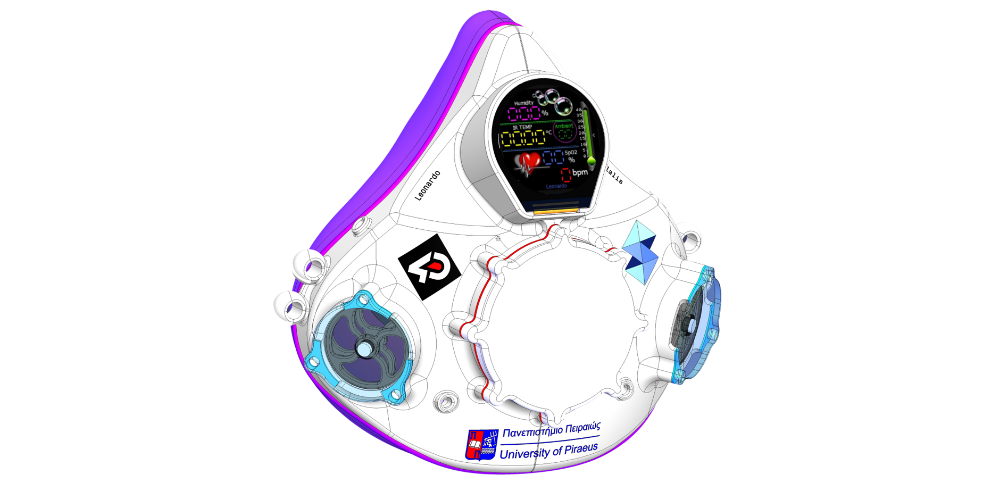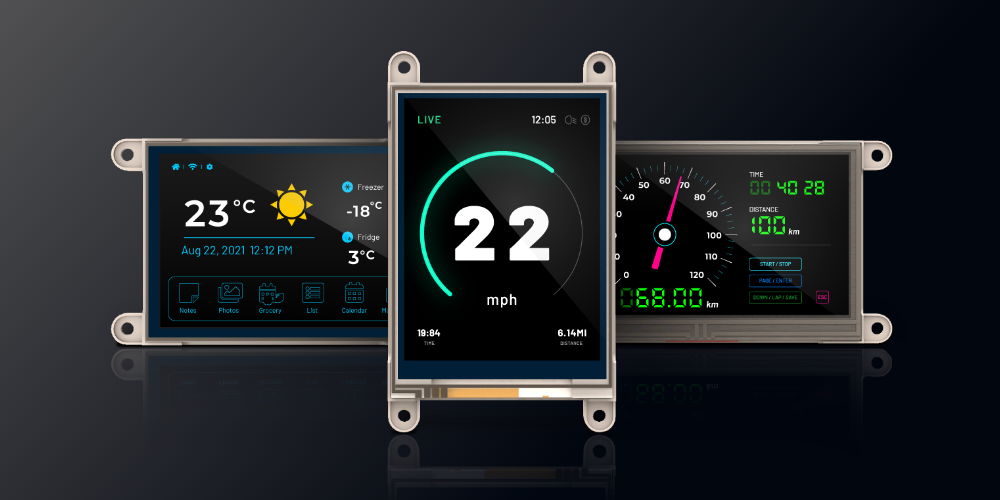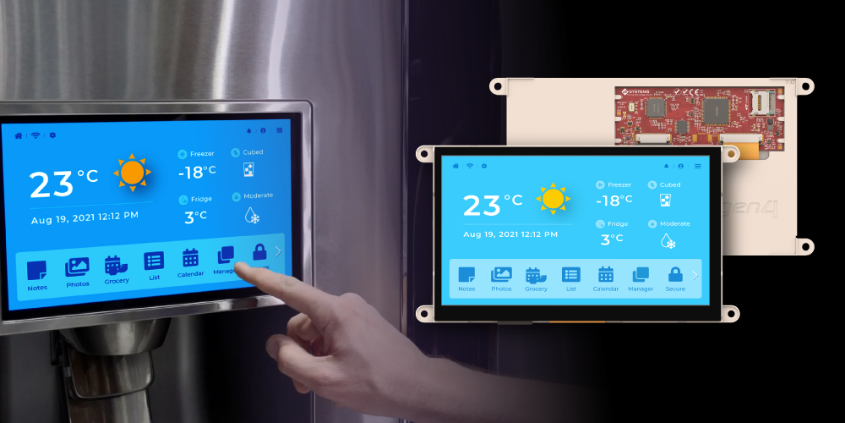
This blog offers a recap of a recent webinar session detailing the introduction of the Amarysia Artemis, a 3D-printed medical mask designed for ICU scenarios. Equipped with integrated bio-sensor and display technologies, the mask provides real-time vital data to healthcare professionals, aiming to streamline medical operations. Developer insights, functional features, and potential critical care applications of the mask are delineated. The video of the webinar is available, showcasing this notable technological stride towards augmenting real-time data accessibility in healthcare, hinting at the trajectory of forthcoming medical advancements.

This guide delves into comprehensive methods for maintaining touch screens, an integral component in modern electronics, to ensure their optimum accuracy, performance, and longevity. It encompasses practical tips on cleaning, handling, calibration, firmware updates, and proper storage to avoid common pitfalls like scratches, diminished sensitivity, or compromised accuracy. Particularly tailored for engineers and professionals, this article aims to equip readers with essential know-how to enhance the responsiveness and efficiency of their touch screen devices, thereby enhancing productivity and overall user experience.

The gen4 series of intelligent display modules by 4D Systems facilitates seamless interaction between users and technology across various industries. With diverse size options and touch capabilities, these modules easily integrate with popular hardware platforms, catering to both industrial and domestic applications. Illustrations of real-world applications, like commercial coffee machines and medical ventilators, underscore their versatility and robustness. Supported by user-friendly design tools, the gen4 series simplifies the development process, making it a viable solution for numerous embedded display needs.

The concept of "Creating Intuitive Interfaces for Embedded Systems" highlights the importance of User Interface (UI) and User Experience (UX) in embedded systems, allowing users to effectively interact with the device and access its features. The quality of UI design often determines user engagement - good design goes unnoticed, while poor design can result in product abandonment. The design process for effective UI/UX in embedded systems can be challenging, necessitating adherence to certain principles and design stages. The content outlines a four-step process for successful embedded UI design.






